In the intricate world of wildlife behavior, predators establish and defend territories through various marking methods that serve as warning signs to potential competitors and prey alike. These territory markers are fascinating windows into animal behavior and can be critical knowledge for hikers, wildlife enthusiasts, and outdoor adventurers. Understanding how to recognize these signs not only enriches our connection to the natural world but can also enhance safety during wilderness excursions. From subtle scent deposits to dramatic physical alterations of the landscape, predators communicate their presence in ways both obvious and subtle.
Let’s explore the diverse methods predators use to announce “this land is my land” and how humans can learn to read these wild messages.
Understanding the Purpose of Territory Marking

Territory marking serves multiple vital functions in a predator’s life, extending far beyond simple boundary designation. Primarily, these markers establish ownership over areas containing essential resources such as reliable food sources, water access, suitable denning sites, and potential mates. They function as efficient communication tools that help predators avoid potentially deadly confrontations by allowing competitors to know which areas are claimed without direct contact. For many species, particularly those with solitary lifestyles like mountain lions or tigers, these markers create a “time-share” system where animals might use the same areas but at different times, respecting the boundaries established through scent and visual cues.
Additionally, territory markers often contain complex chemical information about the animal’s sex, reproductive status, size, and health, essentially serving as a biological resume for potential mates and a warning system for competitors.
Scent Marking: The Invisible Boundary Line
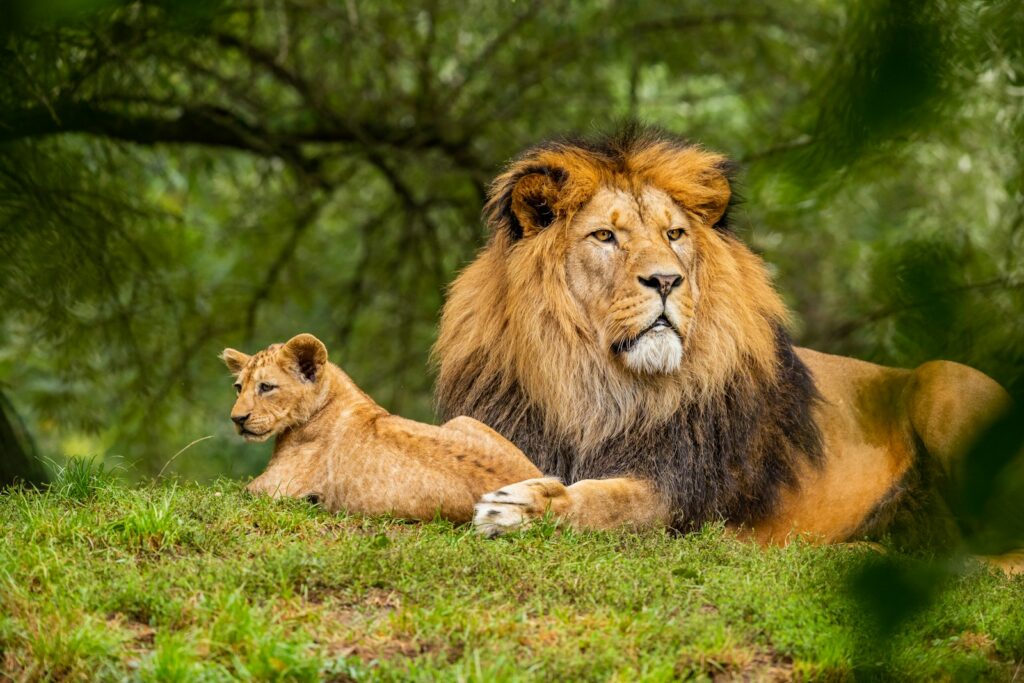
Scent marking is perhaps the most common yet least visible territory marker employed by predators across ecosystems worldwide. Mammals possess specialized glands throughout their bodies that produce distinctive scents, including anal glands, urine, and specialized scent glands located on their feet, faces, or tails. These biological perfumes contain chemical compounds unique to each individual animal, creating olfactory fingerprints that convey detailed information about the marker’s identity, reproductive status, and dominance level. For example, wolves regularly urinate along the boundaries of their territory, with breeding alpha pairs contributing the most significant marking efforts to communicate the pack’s strength.
Observant humans might detect these scent posts through concentrated urine or scat deposits in conspicuous locations, often accompanied by disturbed soil or vegetation where the animal has deliberately scratched or pawed to enhance scent distribution and longevity. The strategic placement of these marks—typically at trail intersections, prominent landscape features, or territory boundaries—indicates their importance as communication tools rather than random elimination.
Visual Scratches and Claw Marks
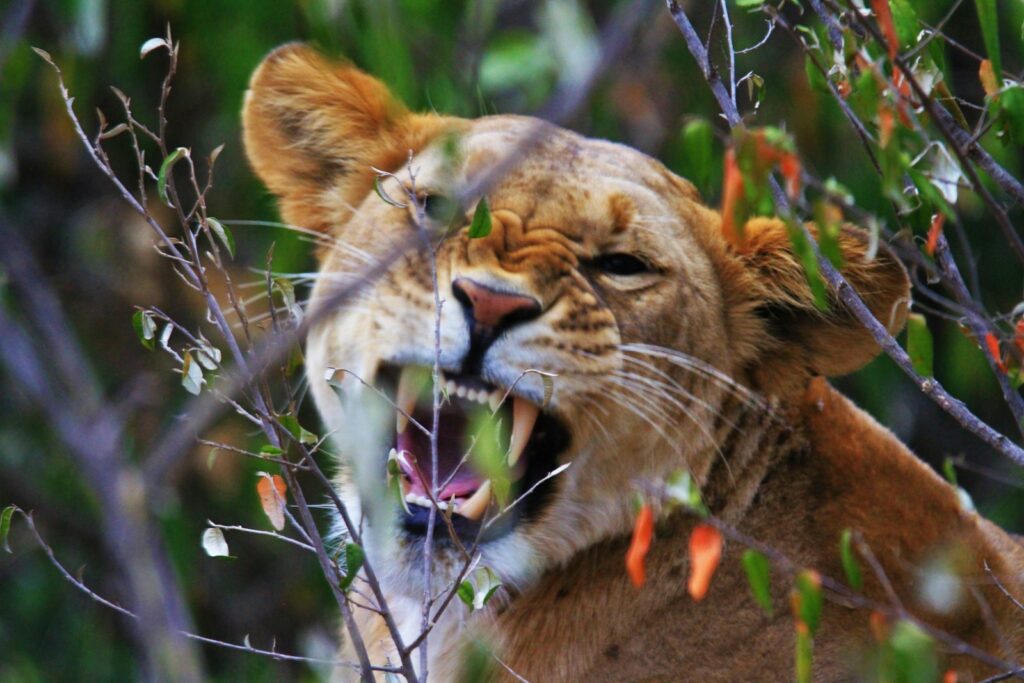
Among the most dramatic and enduring territory markers are the visual scratches and claw marks left by larger predators on prominent environmental features. Bears are particularly notorious for this behavior, selecting conspicuous trees along well-traveled wildlife corridors to serve as communication posts. These “bear trees” are easily identifiable by their shredded bark, exposed inner wood, and often impressive height of the claw marks—sometimes reaching over eight feet high as the bear stretches to its full height to demonstrate its impressive size.
Felids such as mountain lions and bobcats also leave distinctive claw marks, though they typically target softer trees and create more uniform, parallel scratch patterns that reflect their anatomy. When examining suspected claw marks, pay attention to their height, pattern, width between marks, and depth of penetration—all characteristics that can help identify which predator created them. Fresh marks often have resin or sap visible, indicating recent marking activity and therefore an active presence in the area.
Scat Placement and Characteristics

Predator scat serves as both elimination and communication, with strategic placement transforming waste into powerful territory markers. Unlike prey species that often attempt to hide their droppings, predators frequently deposit scat in highly visible locations such as trail intersections, prominent rocks, or the middle of established pathways to maximize visibility. The composition of predator scat provides immediate identification clues, typically containing hair, bone fragments, feathers, or other indigestible parts of prey animals—a stark contrast to the plant material found in herbivore droppings.
Size and shape offer additional identification insights: canid scat (wolves, coyotes, foxes) is often tubular with tapered ends and may contain significant fur, while felid droppings (cougars, bobcats) tend to be more segmented, blunt-ended, and often buried in scrapes of soil or leaves. Many predators, particularly canids and felids, intentionally leave scat unburied in central locations, sometimes even creating communal “latrines” where multiple territorial markers are deposited over time, creating a concentrated smell that unmistakably announces territory boundaries.
Scrapes and Dirt Mounds
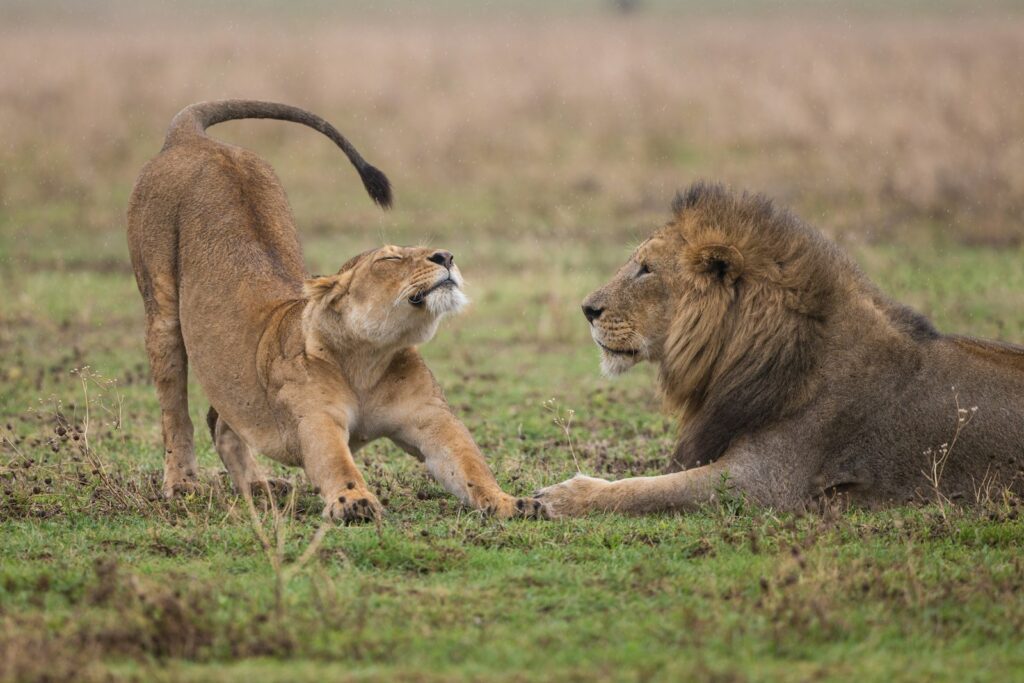
Ground disturbances in the form of scrapes and dirt mounds represent some of the most visually obvious territory markers created by many predator species. Mountain lions are particularly known for their distinctive scraping behavior, where they use their hind feet to push backward against the soil, creating a small pile of debris approximately 4-8 inches in diameter. These scrapes often contain urine and sometimes scat, forming scent-enhanced signposts that integrate visual and olfactory communication elements. Canids like wolves and coyotes create similar ground disturbances, though their scraping tends to be less systematic and more varied than the ritualistic scrapes of mountain lions.
When examining potential scrapes, look for regular patterns of disturbance, particularly along game trails or ridgelines where predators frequently travel. Fresh scrapes will have loose, uncompacted soil and may contain material that hasn’t yet been weathered, indicating recent marking activity. These ground disturbances serve not only as territory markers but also as community bulletin boards where multiple animals might investigate and counter-mark over time.
Rubbing Posts and Scent Rolls

Many predators establish scent-marking stations by repeatedly rubbing their bodies against fixed environmental features, creating what biologists refer to as “rub posts.” These stations become recognizable by their polished appearance, attached fur, and concentrated scent deposits that may be detectable even to the human nose. Felines are particularly dedicated to this behavior, with larger species like mountain lions selecting prominent trees, rocks, or logs along travel corridors, while smaller cats may use fence posts or even human structures in areas where territories overlap with human habitation.
Bears create unmistakable rub trees by repeatedly standing and rubbing their backs against favored trees, often leaving behind distinctive fur patches and worn bark at heights corresponding to their shoulder level. When investigating potential rub posts, look for attached hair (which can appear as different colors depending on the species), polished surfaces, and regular patterns of use such as disturbed ground around the base indicating multiple visits. These stations often become community marking locations where multiple animals of the same species may contribute their scent profiles over time.
Vocalizations as Auditory Territory Markers

While not physical markers, vocalizations serve as powerful territorial signals that create temporary but effective boundaries in predator territories. Wolf howls carry for miles across open landscapes, allowing packs to communicate their presence and location to potential intruders without direct confrontation. Mountain lions produce distinctive screams during mating seasons that not only attract mates but simultaneously warn competitors about territorial claims. Even more subtle vocalizations, like the barks of foxes or the growls of bears, function as immediate warning systems that establish temporary territorial boundaries.
The timing of these vocalizations often follows strategic patterns—many predators vocalize most frequently at dawn and dusk when sound travels efficiently through still air, creating maximum impact with minimal energy expenditure. For humans in predator country, recognizing these sounds provides valuable information about nearby territorial claims and potential wildlife encounters, though it’s important to note that silence doesn’t guarantee absence, as many predators mark acoustically only during specific seasonal or behavioral contexts.
Prey Remains and Kill Sites

The presence and arrangement of prey remains offer significant insights into predator territory and hunting behaviors. Unlike random animal deaths, predator kills typically show distinctive patterns of consumption that identify the hunter—wolves often consume the entire carcass but scatter large bones, while mountain lions frequently cover their kills with forest debris and return to feed over several days. The location of these kill sites relative to landscape features can reveal important territorial information, as some predators deliberately make kills near boundary areas as a form of territorial display. Multiple kills discovered in proximity might indicate a core territory area or denning site where predators focus their hunting efforts to minimize energy expenditure.
Kill sites also function as territorial markers through the strong scents they produce, with some predators deliberately leaving portions unconsumed or exposed to maximize the olfactory warning to potential competitors. For human observers, understanding the difference between scavenged carcasses and predator kills requires attention to details like tooth mark patterns, consumption sequence, and environmental disturbances around the remains.
Seasonal Variations in Territory Marking
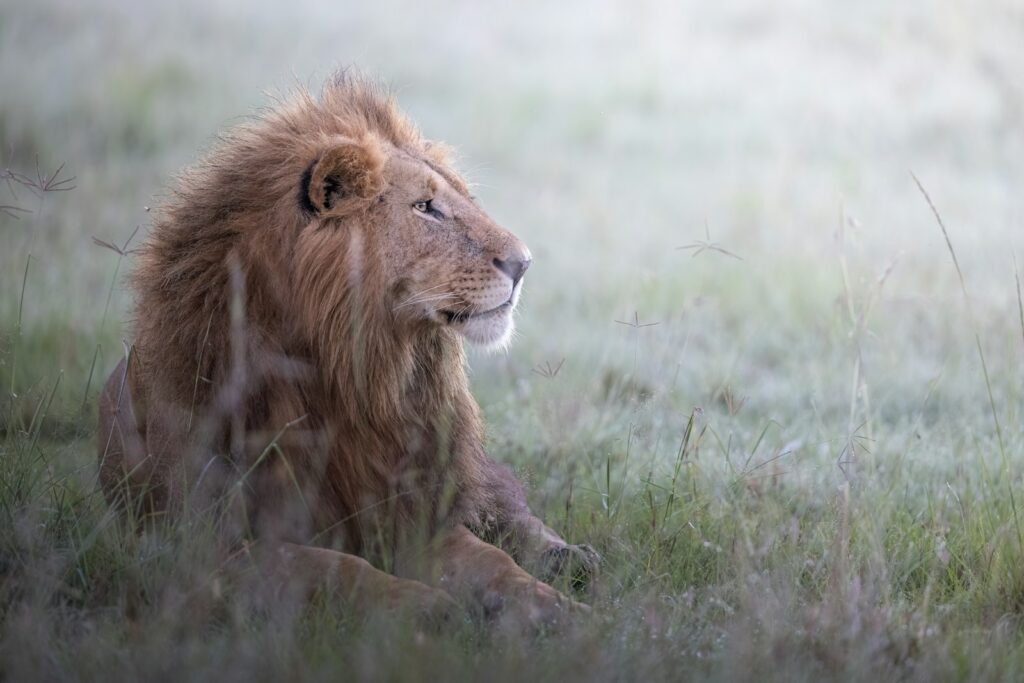
Predator marking behaviors undergo significant seasonal shifts that reflect changing biological imperatives throughout the year. During breeding seasons, marking intensity typically increases dramatically as territorial predators emphasize boundary maintenance and advertise their reproductive availability through heightened scent marking, scraping, and vocalization. Winter territories often contract around essential resources, resulting in more concentrated marking in smaller areas, while summer expansions lead to more widely distributed but less concentrated marking patterns. Migratory predators may establish seasonal territories with intense initial marking followed by maintenance patterns, particularly visible in species like some bear populations that establish hierarchical territory systems around seasonal food sources like salmon runs.
Parent predators with young often reduce obvious marking behaviors around den sites to avoid attracting attention from competitors or larger predators, creating a protective buffer of minimal marking around vulnerable offspring. Understanding these seasonal variations helps human observers interpret the meaning behind marking patterns and better assess the current territorial situation in a given landscape.
Recognizing Human-Wildlife Territory Conflicts
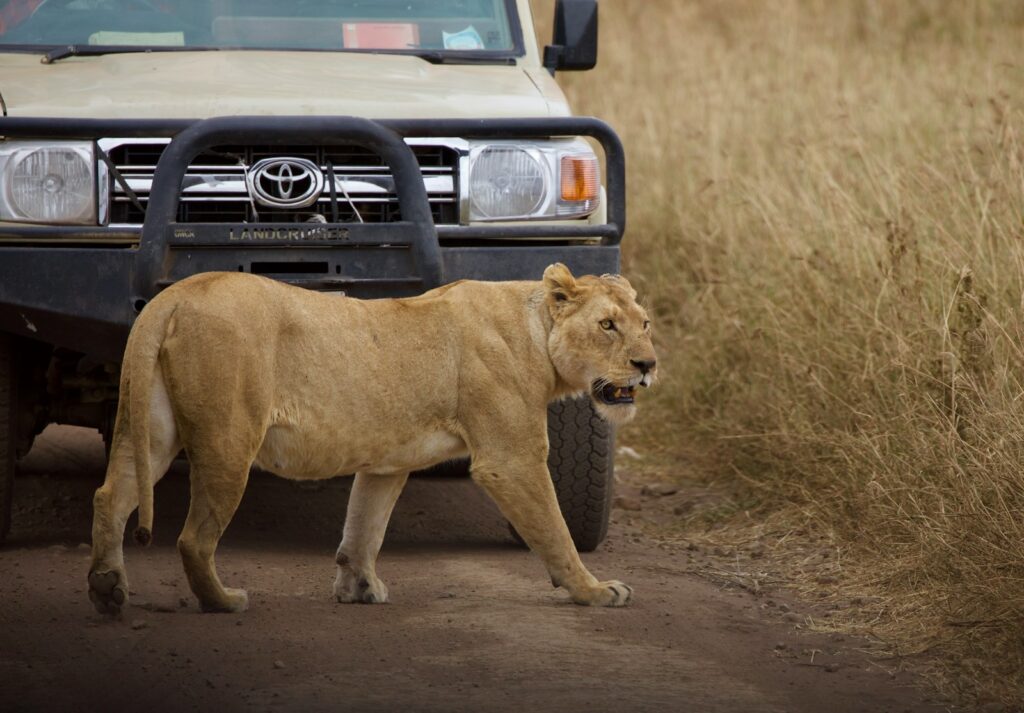
When predator territories overlap with human infrastructure, distinctive marking patterns often emerge that signal potential conflict situations. Predators may redirect normal marking behaviors toward human structures, resulting in claw marks on buildings, scrapes on manicured lawns, or even scent marking on vehicles that intrude into established animal pathways. These redirected markings typically intensify rather than diminish when humans attempt to remove them, as the predator perceives the removal as a competing territorial claim requiring enhanced response. Particularly problematic are situations where territory markers appear progressively closer to human habitation over time, potentially indicating habituation or resource attraction that may lead to direct encounters.
Responsible management in these overlap zones requires recognizing early warning signs like increased scat deposits along human trails, claw marks on outbuildings, or regular vocalizations near residential areas. Conservation officers and wildlife specialists recommend documenting pattern changes in territorial marking near human settlements, as these changes often precede significant behavioral shifts that might require management intervention.
Interspecies Territory Marking Dynamics
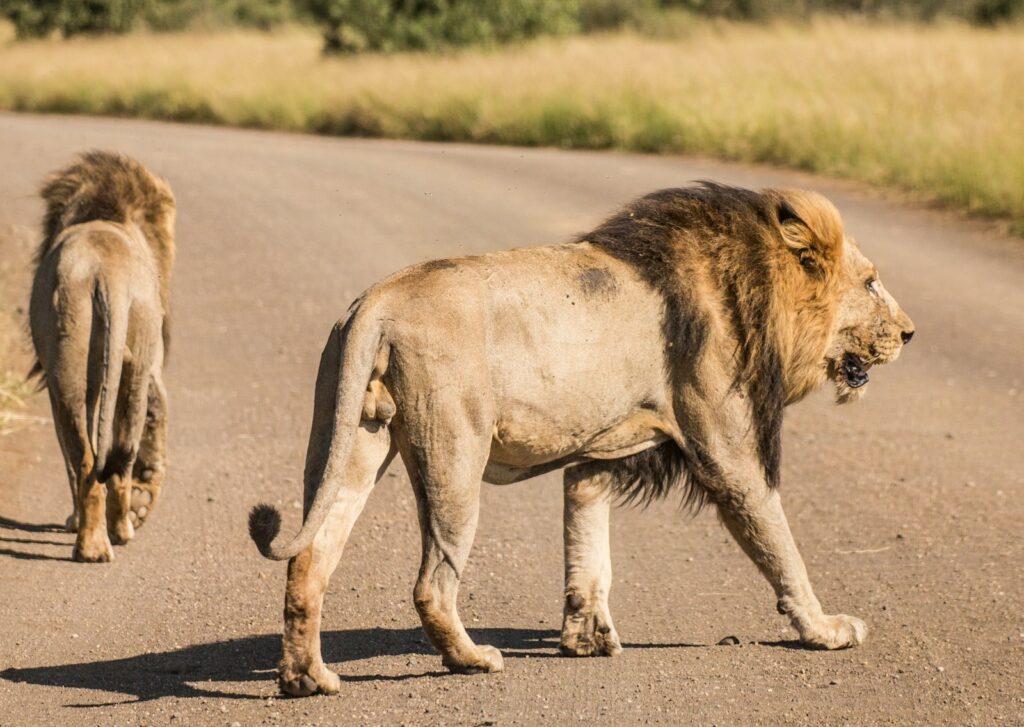
Fascinating complexity emerges when multiple predator species inhabit overlapping ranges, creating layered communication systems through their respective marking behaviors. Dominant apex predators like wolves or bears often place their markers directly over those of subordinate species like coyotes or foxes, creating a visual hierarchy of territorial claims visible to the trained observer. Some smaller predators adapt by marking in locations inaccessible to larger competitors, such as narrow rock crevices or dense vegetation tunnels, creating territorial “microhabitats” within larger dominated landscapes. Temporal partitioning also occurs, with subordinate species shifting their marking activities to times when dominant predators are typically inactive, creating time-separated territorial systems that minimize direct competition.
For humans studying these complex interactions, the presence or absence of counter-marking (where one species marks directly over another’s markers) provides valuable insights into the current power dynamics within the predator community. Understanding these interspecies relationships helps predict wildlife behavior patterns and potential conflict points that might affect human activities in shared landscapes.
Safety Protocols When Encountering Territory Markers
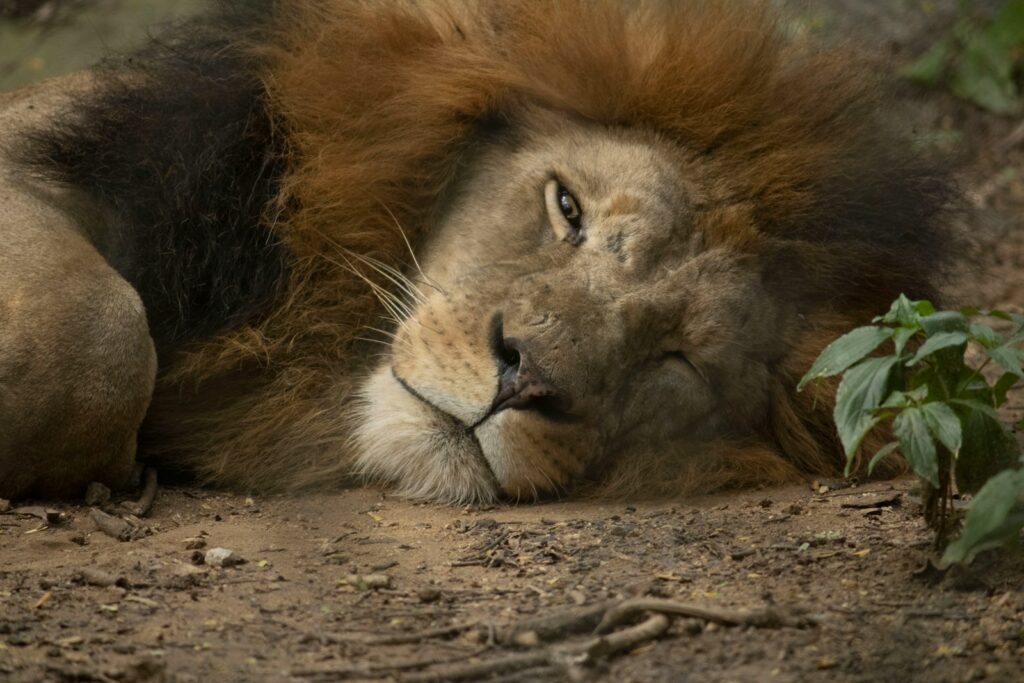
Discovering fresh predator territory markers demands specific safety responses that respect both animal boundaries and human well-being. When encountering fresh scrapes, scat, or claw marks, maintain awareness that the marking predator may still be in the immediate vicinity, particularly if the markers appear recently created with fresh scent, moist appearance, or undisturbed by weather. Avoid bending down to examine markers closely, as this posture can make humans appear smaller and potentially more vulnerable in the event of an unexpected encounter. Strong scent markers warrant particular caution, as these often indicate core territory areas rather than boundaries, meaning you may have already entered the heart of a predator’s claimed space.
If caught in an apparent territory boundary area during breeding seasons (typically spring for many species), consider redirecting your travel, as territorial defense behaviors intensify during these periods. Always avoid areas with multiple fresh marking types (scat, scrapes, and rubs together), as these concentrated marking zones often indicate denning sites or established hunting grounds where encounters are more likely.
Leveraging Technology to Identify Territory Markers
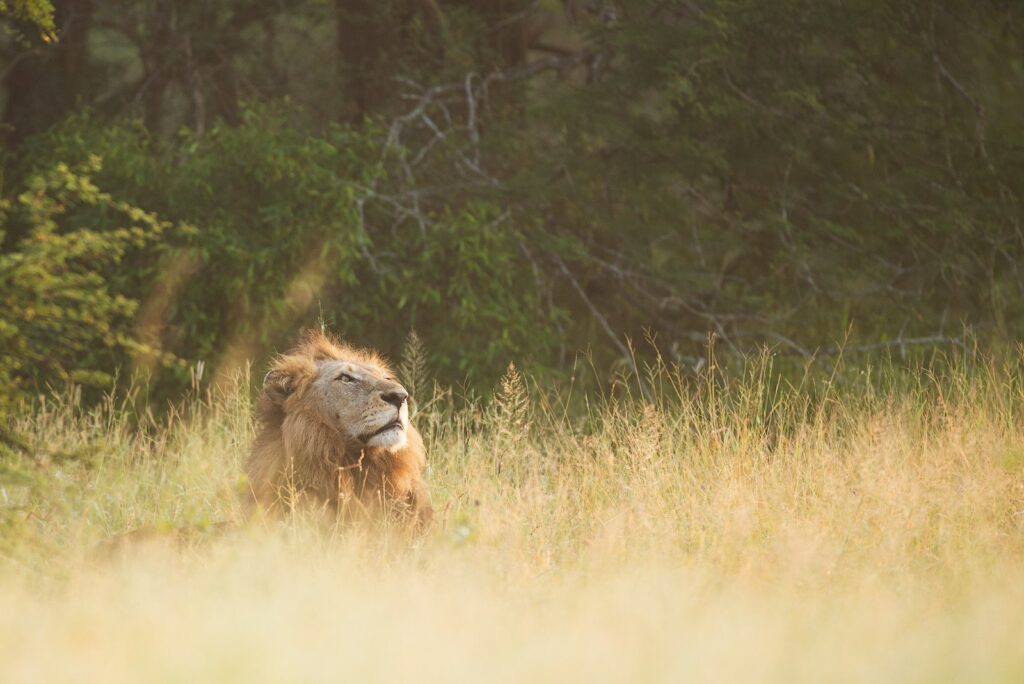
Modern technology offers increasingly sophisticated tools to help identify and interpret predator territory markers with greater accuracy. Wildlife identification apps now include visual guides to predator scat, tracks, and marking patterns, often with augmented reality features that allow users to compare photographs of discovered markers against reference databases. GPS mapping applications specifically designed for wildlife observation enable users to record territory marker locations, creating valuable data points that reveal territory boundaries and core use areas over time.
Trail cameras with motion activation provide non-invasive methods for confirming which predator species created observed markers, sometimes capturing the marking behavior in action and providing definitive identification. Citizen science platforms now collect user observations of territory markers, contributing to larger research efforts tracking predator populations and territorial behaviors across landscapes. For serious wildlife enthusiasts, portable DNA collection kits allow hair samples from rub posts to be submitted for laboratory analysis, providing species confirmation and sometimes even individual identification without direct wildlife contact.
Conclusion: Insights from Wildlife Territory Markers

Wildlife territory markers tell stories to those who learn to read them—stories of dominance and submission, of hunting success and failure, of life cycles and seasonal changes. By understanding these natural signposts, we gain deeper insight into the complex social structures and behaviors that shape predator communities. This knowledge not only enhances outdoor safety but also connects us more meaningfully to the wild landscapes we share with these remarkable animals.
As we venture into nature, recognizing territory markers allows us to move through wild places as respectful visitors rather than unaware intruders, acknowledging the ancient claims that predators have staked through their marking behaviors long before humans arrived on the scene.

